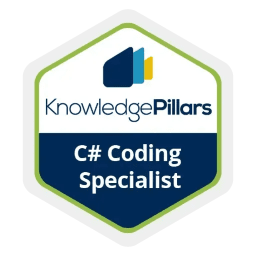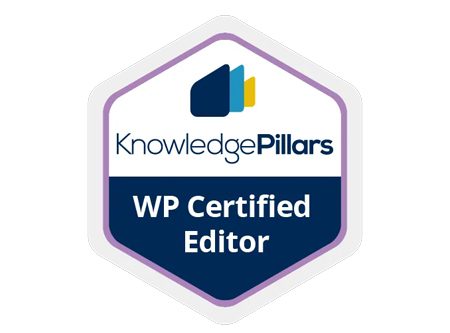1. Manage Program Flow
- Implement multithreading and asynchronous processing
Use the Task Parallel library, including theParallel.For method, PLINQ, Tasks; create continuation tasks; spawn threads by using ThreadPool; unblock the UI; use async and await keywords; manage data by using concurrent collections
Synchronize resources; implement locking; cancel a long-running task; implement thread-safe methods to handle race conditions
Iterate across collection and array items; program decisions by using switch statements, if/then, and operators; evaluate expressions
- Create and implement events and callbacks
Create event handlers; subscribe to and unsubscribe from events; use built-in delegate types to create events; create delegates; lambda expressions; anonymous methods
- Implement exception handling
Handle exception types, including SQL exceptions, network exceptions, communication exceptions, network timeout exceptions; use catch statements; use base class of an exception; implement try-catch-finally blocks; throw exceptions; rethrow an exception; create custom exceptions; handle inner exceptions; handle aggregate exceptions
2. Create and Use Types
Create value types, including structs and enum; create reference types, generic types, constructors, static variables, methods, classes, extension methods; create optional and named parameters; create indexed properties; create overloaded and overridden methods
Box or unbox to convert between value types; cast types; convert types; handle dynamic types; ensure interoperability with code that accesses COM APIs
Enforce encapsulation by using properties; enforce encapsulation by using accessors, including public, private, protected, and internal; enforce encapsulation by using explicit interface implementation
- Create and implement a class hierarchy
Design and implement an interface; inherit from a base class; create and implement classes based on the IComparable, IEnumerable, IDisposable, and IUnknown interfaces
- Find, execute, and create types at runtime by using reflection
Create and apply attributes; read attributes; generate code at runtime by using CodeDom and Lambda expressions; use types from the System.Reflection namespace, including Assembly, PropertyInfo, MethodInfo, Type
- Manage the object life cycle
Manage unmanaged resources; implement IDisposable, including interaction with finalization; manage IDisposable by using the Using statement; manage finalization and garbage collection
Manipulate strings by using the StringBuilder, StringWriter, and StringReader classes; search strings; enumerate string methods; format strings; use string interpolation
3. Debug Applications and Implement Security
- Validate application input
Validate JSON data; choose the appropriate data collection type; manage data integrity; evaluate a regular expression to validate the input format; use built-in functions to validate data type and content
- Perform symmetric and asymmetric encryption
Choose an appropriate encryption algorithm; manage and create certificates; implement key management; implement the System.Security namespace; hashing data; encrypt streams
Version assemblies; sign assemblies using strong names; implement side-by-side hosting; put an assembly in the global assembly cache; create a WinMD assembly
Create and manage preprocessor directives; choose an appropriate build type; manage program database files (debug symbols)
- Implement diagnostics in an application
Implement logging and tracing; profiling applications; create and monitor performance counters; write to the event log
4. Implement Data Access
Read and write files and streams; read and write from the network by using classes in the System.Net namespace; implement asynchronous I/O operations
Retrieve data from a database; update data in a database; consume JSON and XML data; retrieve data by using web services
- Query and manipulate data and objects by using LINQ
Query data by using operators, including projection, join, group, take, skip, aggregate; create method-based LINQ queries; query data by using query comprehension syntax; select data by using anonymous types; force execution of a query; read, filter, create, and modify data structures by using LINQ to XML
- Serialize and deserialize data
Serialize and deserialize data by using binary serialization, custom serialization, XML Serializer, JSON Serializer, and Data Contract Serializer
- Store data in and retrieve data from collections
Store and retrieve data by using dictionaries, arrays, lists, sets, and queues; choose a collection type; initialize a collection; add and remove items from a collection; use typed vs. non-typed collections; implement custom collections; implement collection interfaces






